
DEEP INTO THE COMMUNITY
Black Diamond Athlete Angela Hawse is a guide for change.
Add 100 EUR more to quality for free Shipping!
€0,00 EUR
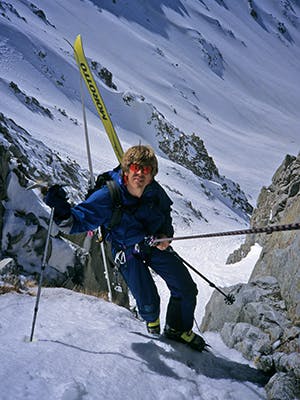
FEBRUARY 15, 2017
an early morning mission to ski untracked powder in the backcountry. The previous day’s storm had coated the Wasatch Mountains with 18 inches of Utah’s finest cold smoke, and the conditions, albeit dangerous on steep slopes, were too good to pass up. So McLean kept it mellow, skiing low-angle terrain and avoiding anything above 32 degrees.
But as he traversed through lower elevation, he crossed what he describes as a steep pocket.
“It ended up breaking loose on me and avalanching,” says McLean, his voice showing absolutely zero sign of heightened emotion. “But as soon as the slope started to crack and fracture, I rolled over and dug my Whippets down into the bed surface and the avalanche washed down underneath me.”
McLean casually mentioned this story between bites of spicy Tangerine Chicken procured from one of his favorite Salt Lake City haunts—The Dragon Diner.
The kicker, however, was that he wasn’t recalling some distant experience. “That was yesterday morning,” he deadpanned. “So, yeah, I use the Whippets all the time.”
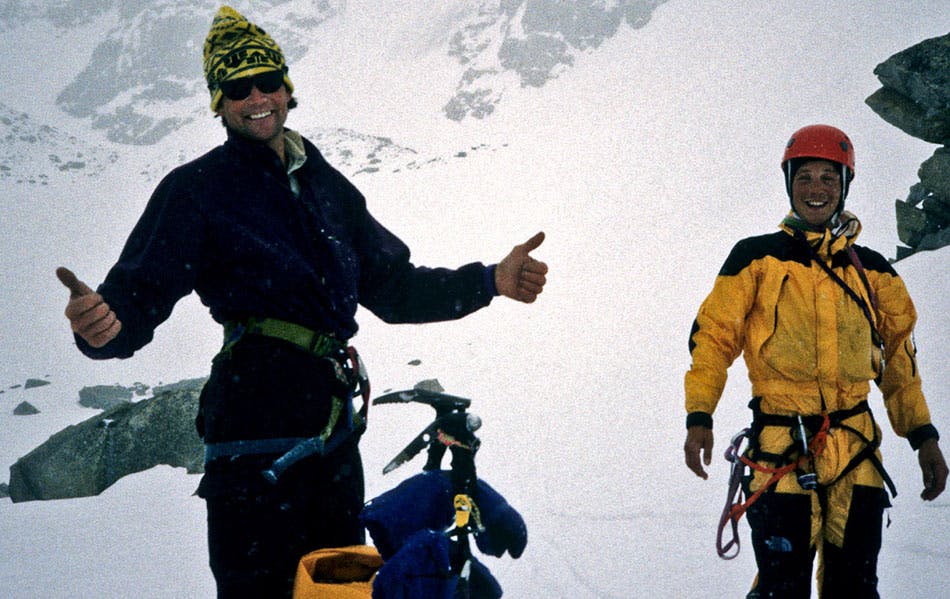
If you’ve done any steep skiing in North America in the last 20 years, you’ve likely heard of McLean. Now 55 years young, McLean is an indelible figure in the world of ski mountaineering. From his witty columns in backcountry skiing magazines, to his cult classic guidebook, The Chuting Gallery, for the Wasatch Mountains, McLean is a bonafide steep skiing pioneer.
But perhaps his greatest contribution to the world of skiing has been his invention of the Black Diamond Whippet.
Though subtle in design, the Whippet—which is virtually a ski pole outfitted with a specialized ice pick—has become a time-tested, stand-by for steep skiing aficionados. Adept at climbing terrain such as icy couloirs, the Whippet also has self-arrest capabilities, making them a clutch addition to any ski mountaineer’s arsenal.
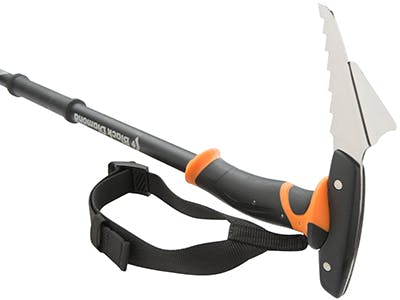
So with these two designs as inspiration, McLean spent a couple of late nights in the open shop, blasting tunes and tinkering.
“There was a whole late night culture at BD during that time,” says McLean. “Work would stop at 5 o’clock and people would leave, but we’d go to the shop, crank up the music and make gear we were passionate about.”
“Yeah, it was a dream job,” he laughs. “It was too good to be true. You know, being able to dream of going skiing or climbing, and then design stuff for that, and then build the product. It was awesome.”
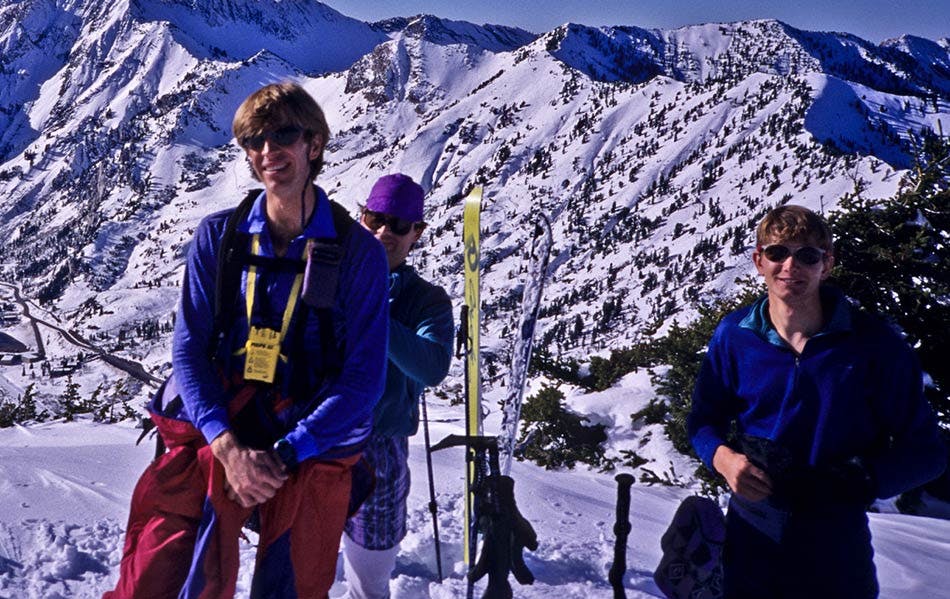
The Whippet had a small but devoted following. Skiers like Doug Coombs were charging steep lines with Whippets in hand, and at one point, Reinhold Messner even climbed Everest with one.
“There was a growing interest in steeper backcountry skiing,” says McLean. “So this was a tool that was new and actually worked.”
The Whippet’s popularity grew mostly by word of mouth, and occasionally a high profile, Whippet-wielding ski mountaineer would be pictured on the glossy pages of a mag. However, BD also put together its own guerilla marketing plan and McLean took part.
“That’s actually how I got in to writing,” he says.
McLean began churning out articles for Black Diamond catalogs, in which he’d regal his latest adventures while also introducing the world to products like the Whippet.
Now McLean is a respected author and columnist, not to mention still a major proponent of the Whippet.



Follow BD Athlete Yannick Glatthard deep into the Swiss Alps as he shares his home...
Follow BD Athlete Yannick Glatthard deep into the Swiss Alps as he shares his home mountains with close friends.

Follow Dorian Densmore and Mya Akins for another winter season of steep Alaskan spines, backyard...
Follow Dorian Densmore and Mya Akins for another winter season of steep Alaskan spines, backyard couloirs, and deep adventures in the mountains.


Watch BD Athlete Alex Honnold throw down on some hard trad high above Tahoe.



In 2012, filmmaker and photographer Ben Ditto, and professional climber Mason Earle equipped an immaculate...
In 2012, filmmaker and photographer Ben Ditto, and professional climber Mason Earle equipped an immaculate line in Tuolumne’s high country. But their attempts to free the route were thwarted when Mason’s life changed drastically. With the help of Connor Herson, Ditto and Mason found a way to keep the dream alive.
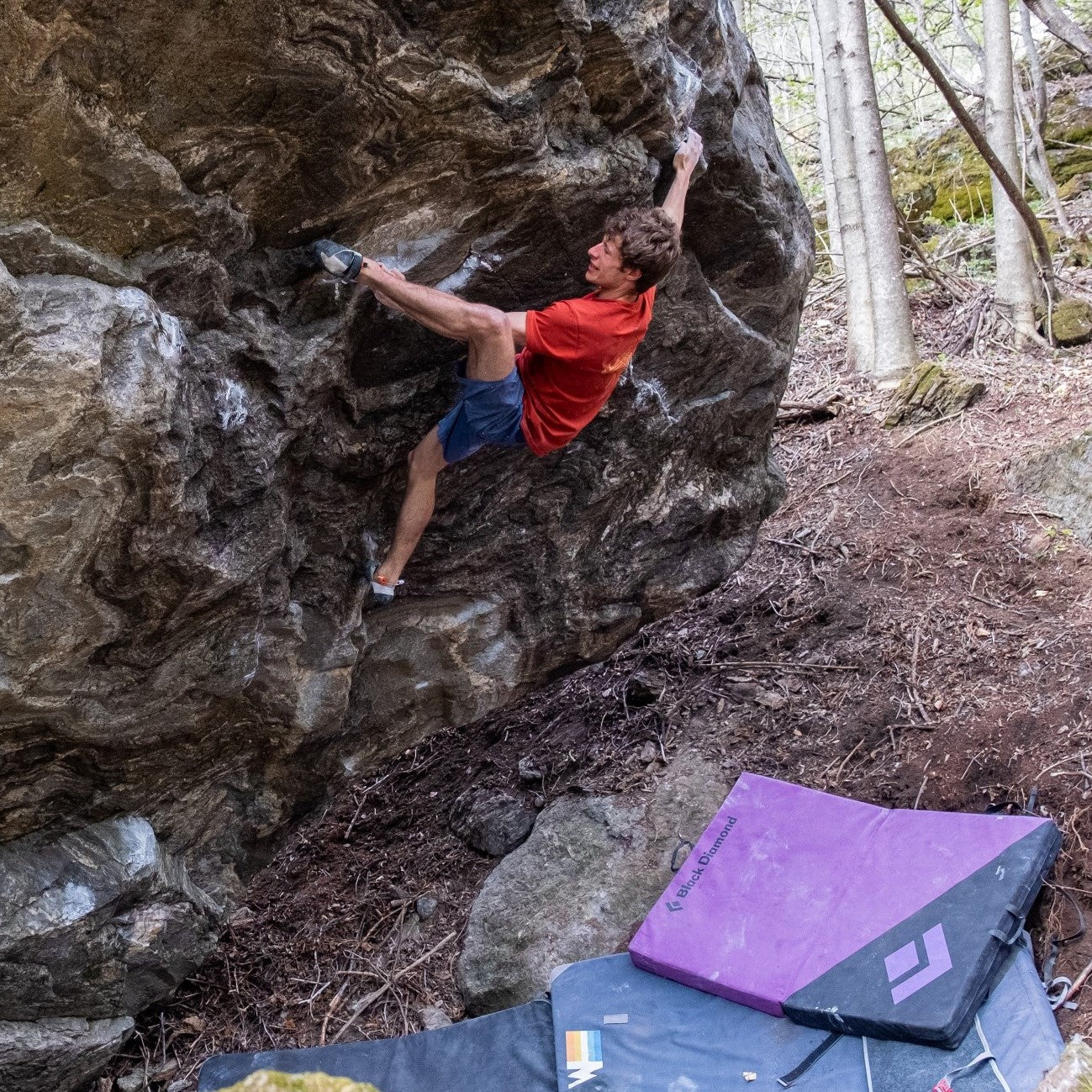

Watch and learn as our Field Test Coordinator runs you through a step by step...
Watch and learn as our Field Test Coordinator runs you through a step by step process of trimming and setting up any STS-style Black Diamond skin.


Every climber has a few lines they dream about. Whether inspired or haunted—or sometimes both—these...
Every climber has a few lines they dream about. Whether inspired or haunted—or sometimes both—these lines can push us beyond what we thought we were capable of, in turn teaching us who we really are. BD Ambassador Ethan Salvo recently restructured his entire life to focus on two climbs that pulled him into the void with only one way out … getting to the top. This is his story of sending Dreamcatcher and becoming the first Canadian to climb V16 in the same week.

BD Athlete Connor Herson spent as many weekends as possible in the Valley this spring...
BD Athlete Connor Herson spent as many weekends as possible in the Valley this spring during a grueling quarter at Stanford. The objective? Ground up, in-a-day ascents.
